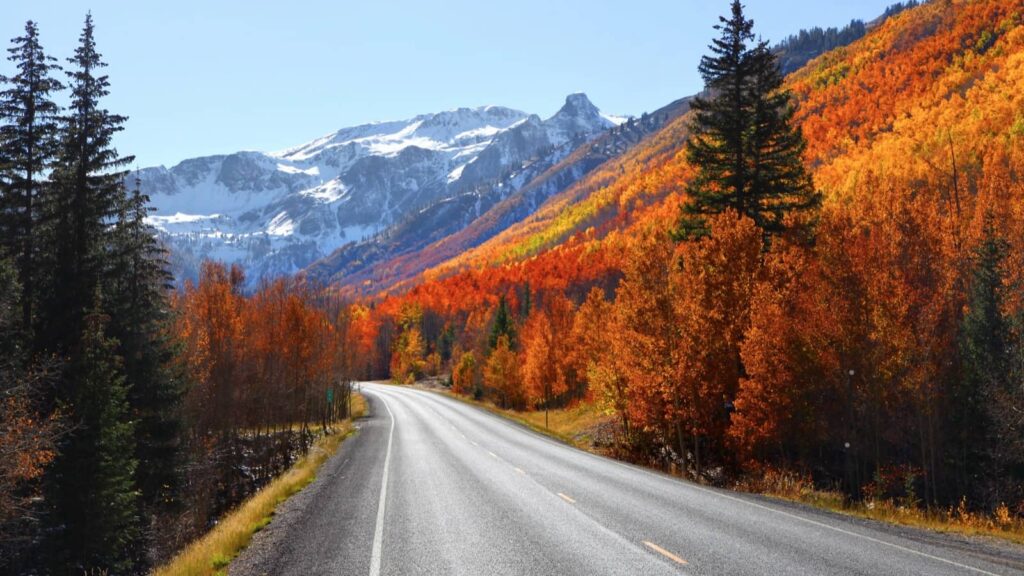12 Common Errors When Visiting Great Smoky Mountains National Park
12 Common Errors When Visiting Great Smoky Mountains National Park

When visiting the Great Smoky Mountains National Park, many people make common mistakes that can affect their experience. Understanding these errors can help you enjoy your trip more and stay safe. Here are twelve common mistakes to avoid during your visit to the park.
1. Not Checking Road Conditions

Ugh road conditions are the bane of my existence when going through national parks! They’re so unpredictable! Before heading to Great Smoky Mountains National Park, always check the current road conditions. Seasonal road closures and detours can significantly alter your travel plans. Ignoring these updates may lead you to arrive at closed paths or unsafe routes, which could extend your driving time or ruin your plans for the day.
2. Underestimating Trail Difficulty

Many visitors choose trails that are beyond their fitness level. Always review the trail difficulty and length before starting a hike. Starting a strenuous trail without proper preparation can lead to exhaustion or injuries, spoiling your enjoyment of the park’s natural beauty.
3. Skipping the Visitor Centers

Visitor centers are rich with resources, including maps, current conditions, and insights from park rangers. Skipping a visit to these centers means missing out on valuable information that could enhance your visit, help you choose appropriate trails, and learn about park history and safety tips.
4. Ignoring Weather Changes

The weather in the mountains can change rapidly. Dress in layers and be prepared for all conditions, especially at higher elevations where it can be cooler and windier. Being unprepared for weather changes can lead to discomfort or serious risks like hypothermia.
5. Feeding Wildlife

Feeding wildlife, especially bears, is dangerous and illegal. This behavior can harm animals, making them dependent on human food and leading to aggressive behaviors. Always observe wildlife from a distance and secure your food items properly.
6. Not Bringing Proper Gear

Neglecting to bring essential items such as sturdy boots, rain gear, and navigation tools can turn a pleasant hike into a challenging ordeal. Proper gear is essential for comfort and safety, allowing you to handle unexpected situations or changes in weather.
7. Overpacking Day Trips

While being prepared is key, overpacking for short hikes can burden you unnecessarily. It’s important to balance the need for essentials with the weight you can comfortably carry. Optimize your backpack by packing only what you need for the duration and difficulty of the hike.
8. Misjudging Time

Underestimating how long it will take to travel between points within the park can lead to rushed visits or missing out on certain attractions. Allow ample time for travel, considering park traffic and the time needed to enjoy each site fully.
9. Disregarding Altitude Effects

High altitudes can affect your body, potentially causing altitude sickness. If you’re planning to visit high elevation areas, take time to acclimatize and recognize symptoms of altitude sickness. Staying hydrated and moving at a slower pace can help mitigate these effects.
10. Leaving Trails

Staying on marked trails is vital for both personal safety and environmental protection. Venturing off-trail can lead to getting lost and damages the delicate ecosystem. Always follow designated paths and respect barriers and signs.
11. Not Respecting Quiet Zones

Quiet zones are designated for a reason, often to protect wildlife or provide a tranquil experience. Being loud can disturb animals and other visitors. Respect these areas by keeping noise to a minimum and encouraging others to do the same.
12. Ignoring Safety Warnings

Safety warnings and trail advisories are put in place for your protection. Ignoring these can put you in risky situations, such as unstable paths or areas with recent bear activity. Heed all signs and ranger advice during your visit.
10 Day Arizona To Utah Road Trip

Read More: 10 Day Arizona To Utah Road Trip
Bryce Canyon Vs Grand Canyon

Read More: Bryce Canyon Vs Grand Canyon
10 Mistakes People Make When Traveling In Colorado

Read More: 10 Mistakes People Make When Traveling In Colorado
We are Mary and Eric, the founders of Be Right Back, a blog dedicated to romance around the globe and at home.
We are Mary and Eric, the founders of Be Right Back, a blog dedicated to romance around the globe and at home. With over 10 years of experience in dating and traveling to romantic places, we share our favorite date ideas and romantic destinations to help couples level up their relationships. Having lived in and traveled through the USA, we also share our favourite things to do in the States.
With 70,000 monthly readers and 16,000 followers on social media, Be Right Back is your go-to resource for romantic trip ideas and couple activities at home and abroad.
